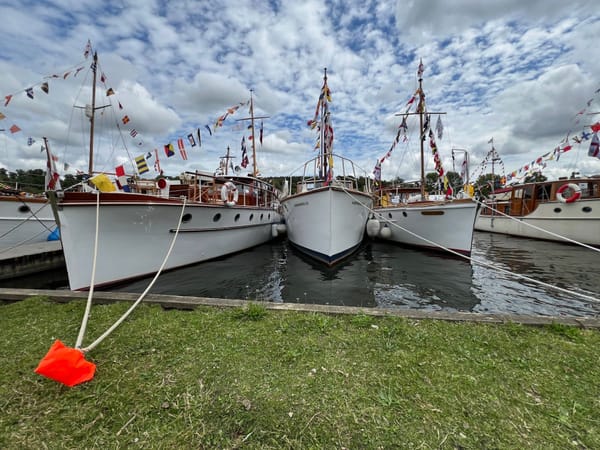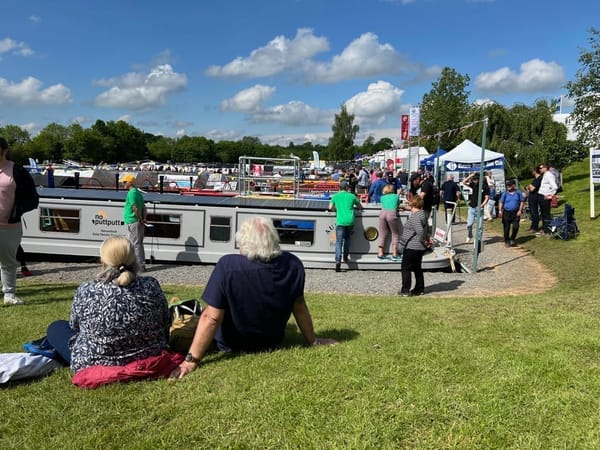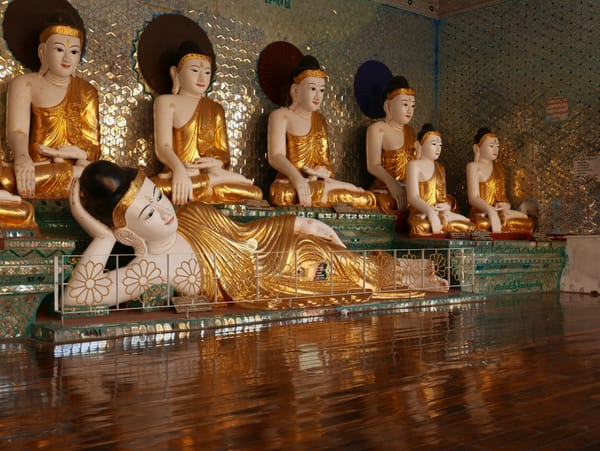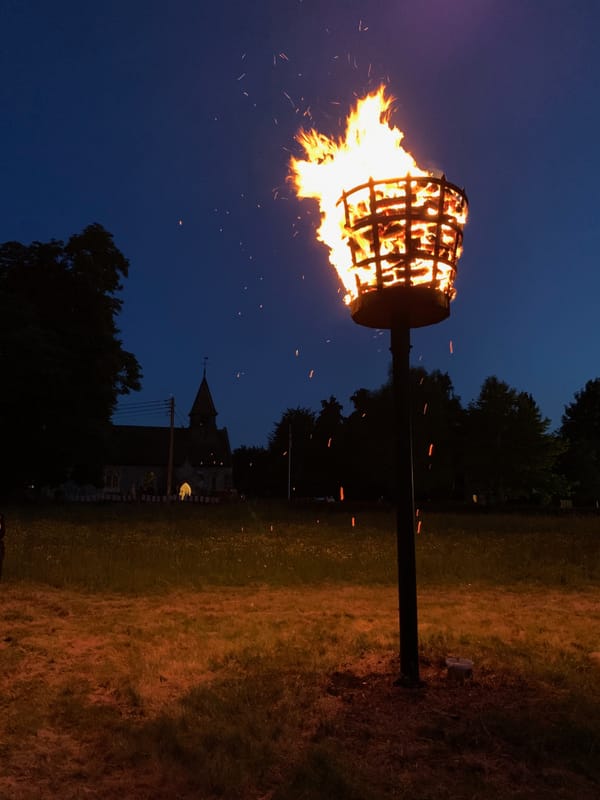Australia — Stromatolites and Lake Thetis, Cervantes, WA 6511, Australia
Looking back to where it all began
August 2015
On my trip to Western Australia, I was looking forward to visiting Lake Thetis in Nambung National Park, Cervantes, to look at some Stromatolites.
This blog post is also available as a video on YouTube:
When I told my friends that I was looking forward to seeing the Stromatolites, I was greeted with a blank look and the question, “what’s a Stromatolite?” and once I had explained, there was usually a follow-up question of “why?”. I’ll explain below.
Stromatolites are descendants of some of the earliest lifeforms on Earth, dating back to about 3.5 billion years ago, making them particularly interesting. Plus, until surviving colonies were found in Western Australia (Shark's Bay and Lake Thetis), Brazil, Mexico, and the Bahamas, they were considered extinct. They are living fossils (even if they look like lumps of rock).
Stromatolites are essential for the evolution of all life on the planet, as they were some of the first organisms to produce oxygen.
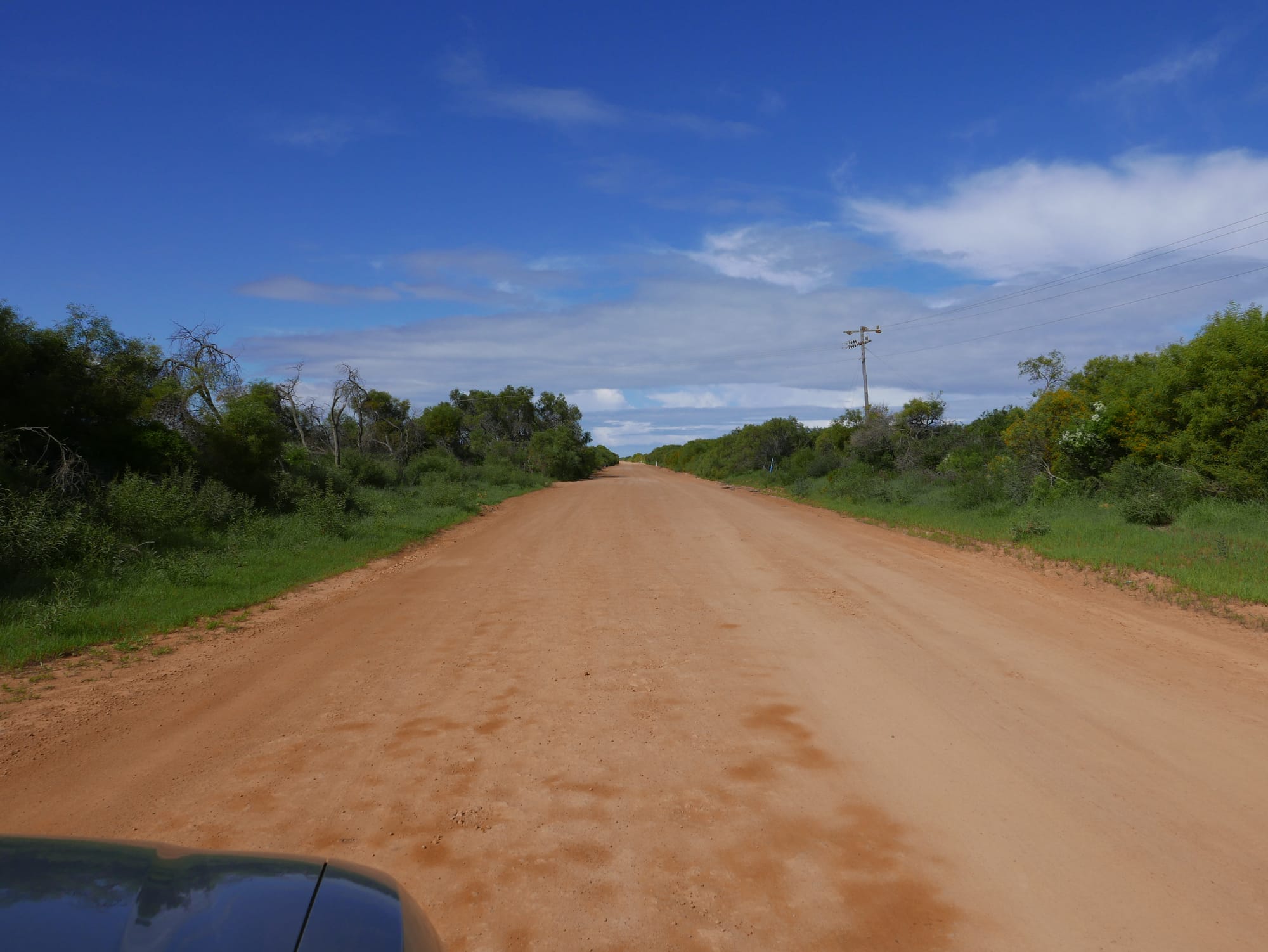
The lake is a protected conservation area, and you approach the stromatolites long a 300 m boardwalk that runs over a ‘blister mat’ of bacteria in the top layer of sediments. These bacteria produce oxygen that forms ‘sand bubbles’ on the surface, hence the formation of a ‘blister mat’ (also called a crenellate mat). As you can imagine, the mat is very delicate, hence the boardwalk.
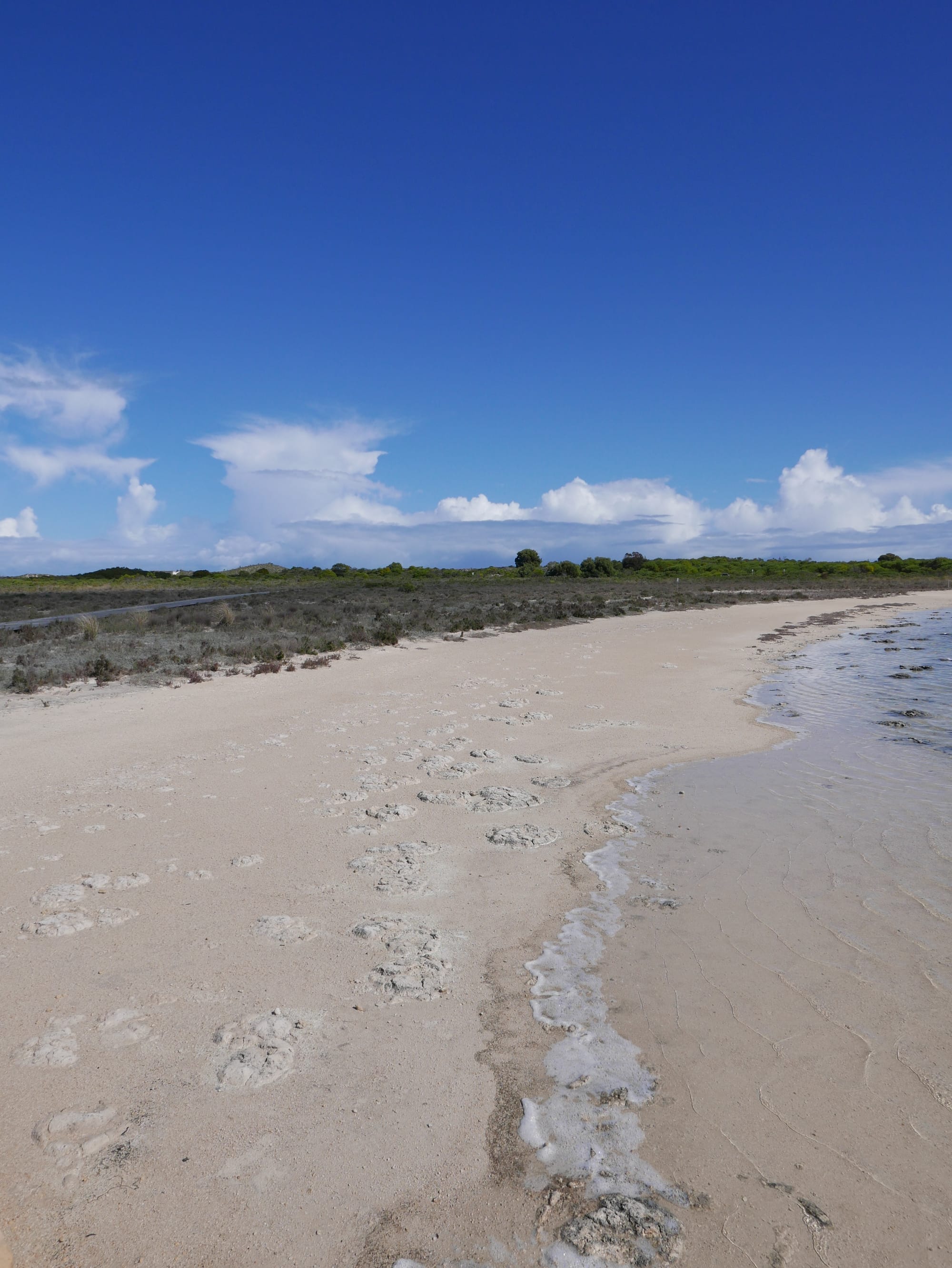
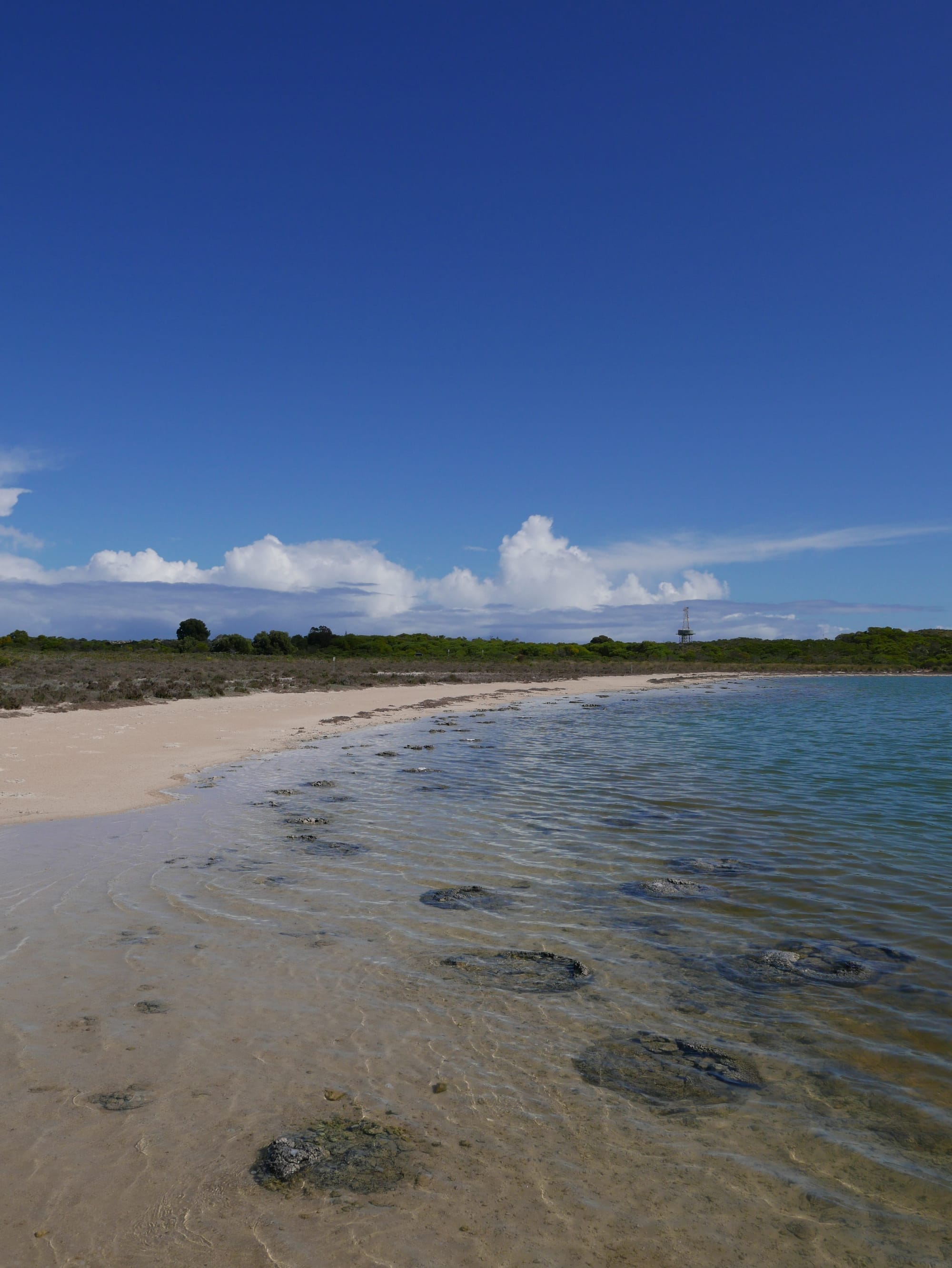
One of the reasons that the Stromatolites are in the lake and only found at a few locations around the world is because they need very specific conditions for the cyanobacteria to produce the rock-like platforms seen in the above photos. The lake needs to be free of predators and calm so the bacteria can grow undisturbed. Lake Thetis is not connected to the nearby sea. This makes the lake 1.5 times saltier than the sea, which keeps it predator free and calm.
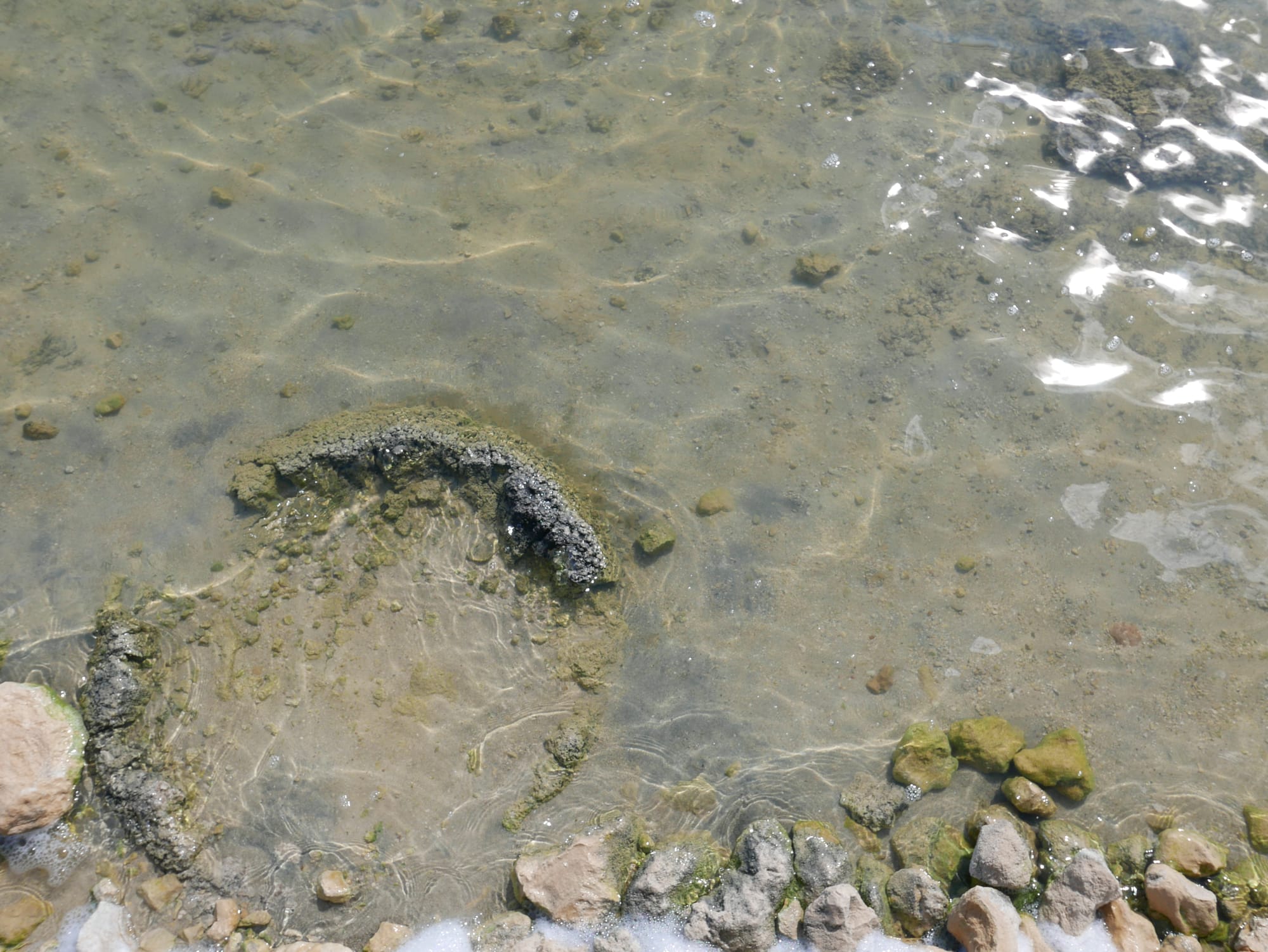
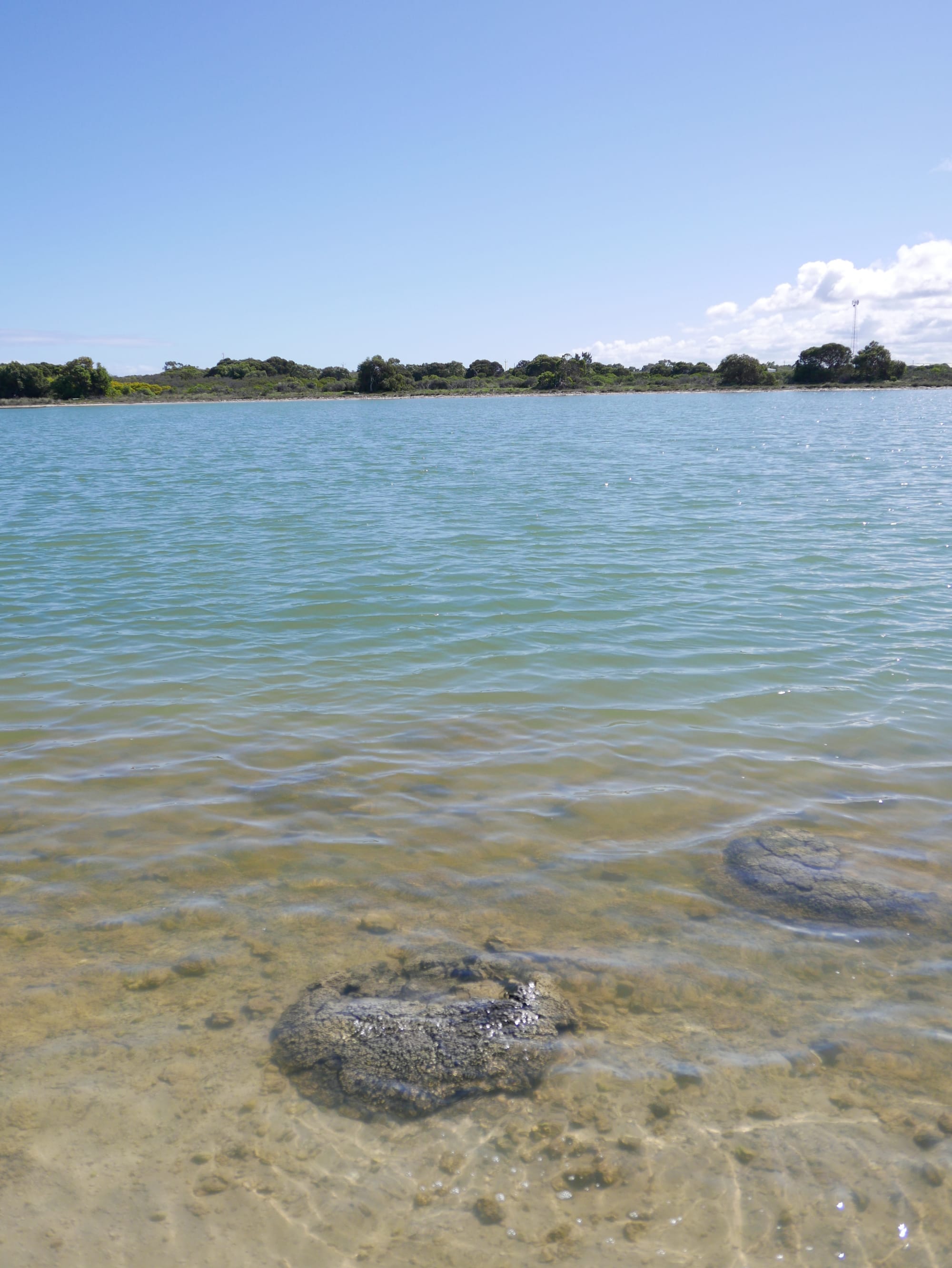
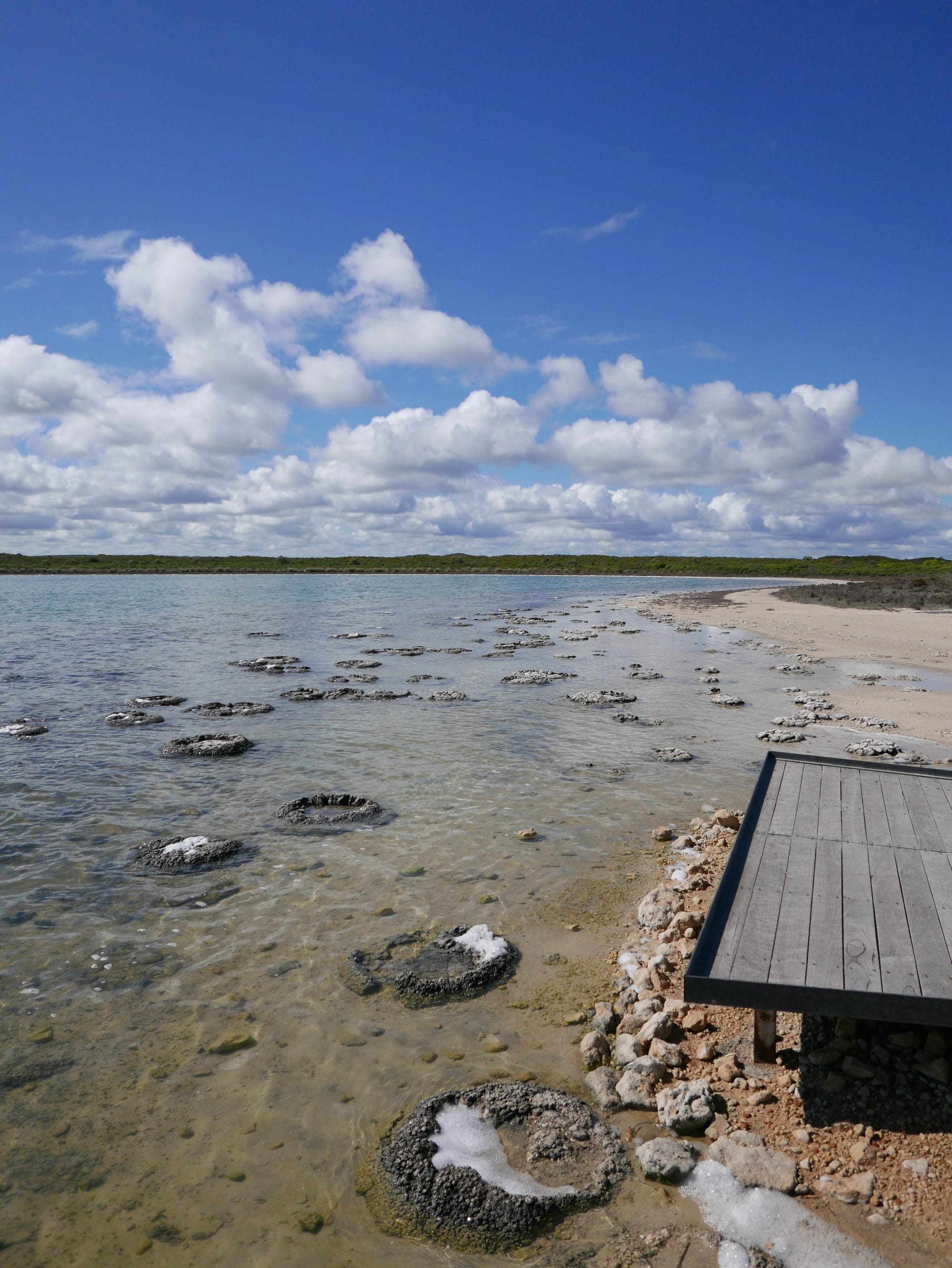
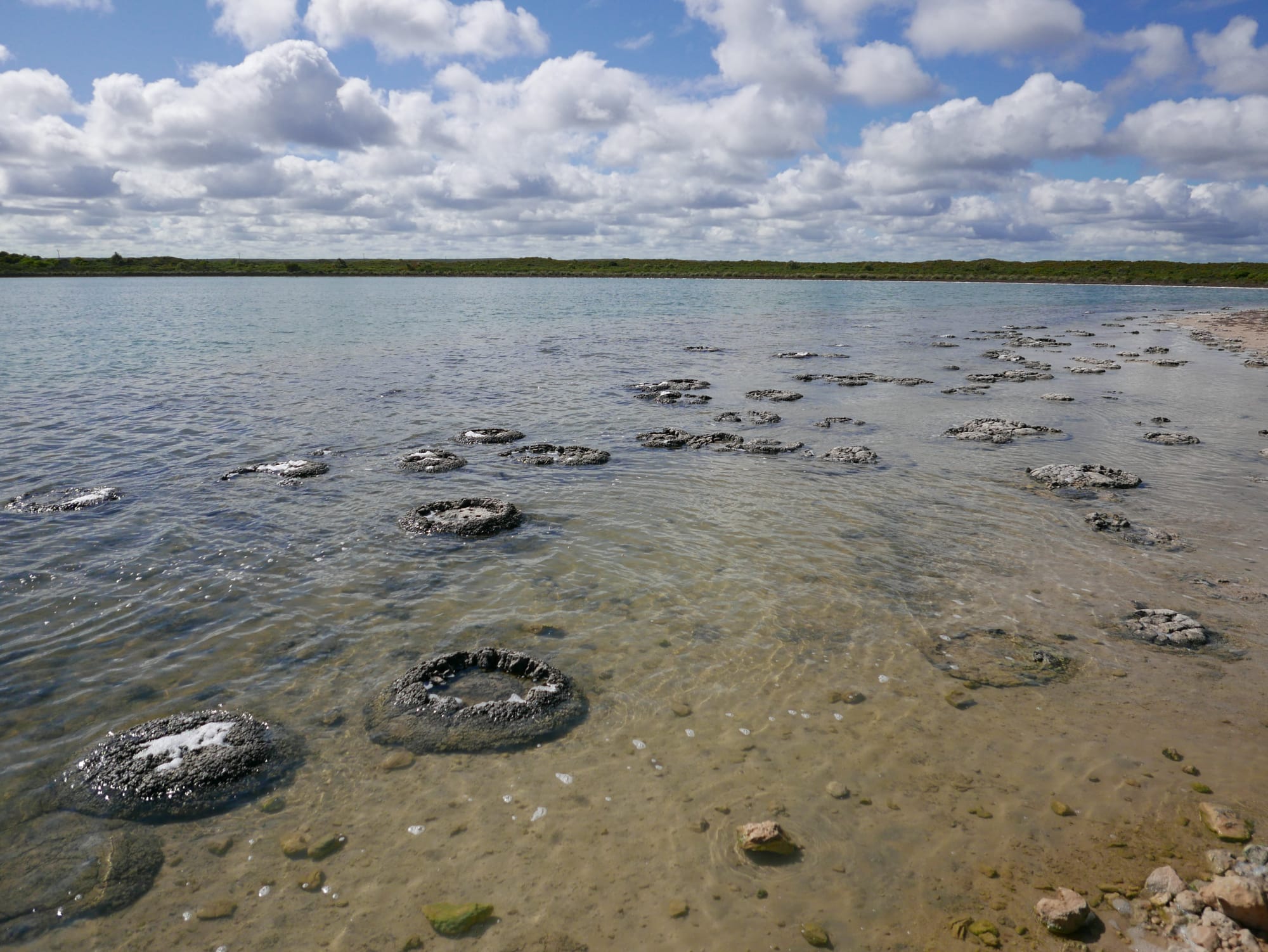
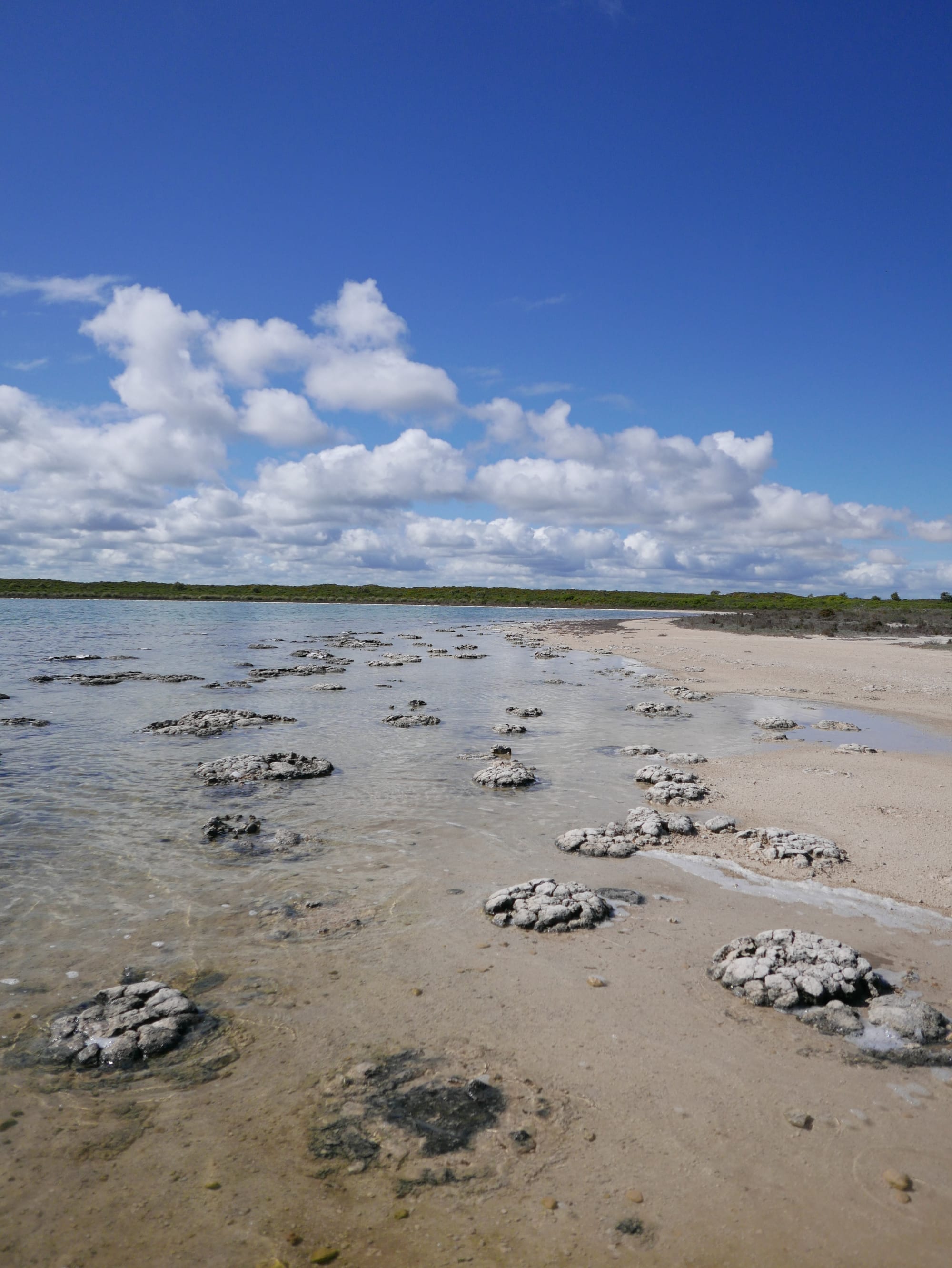
Astonishingly, these organisms have been growing for 3,500 years in the lake.
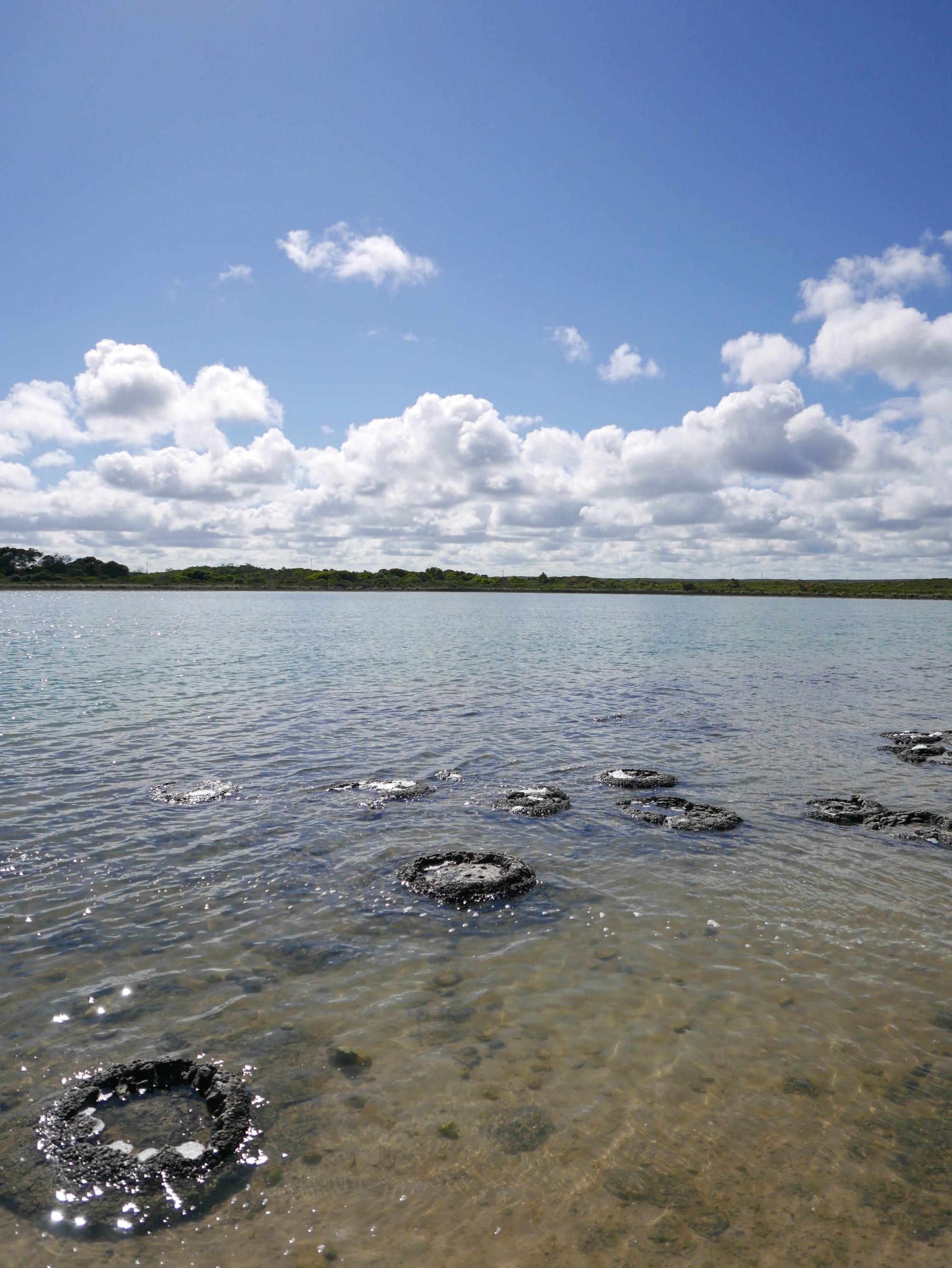
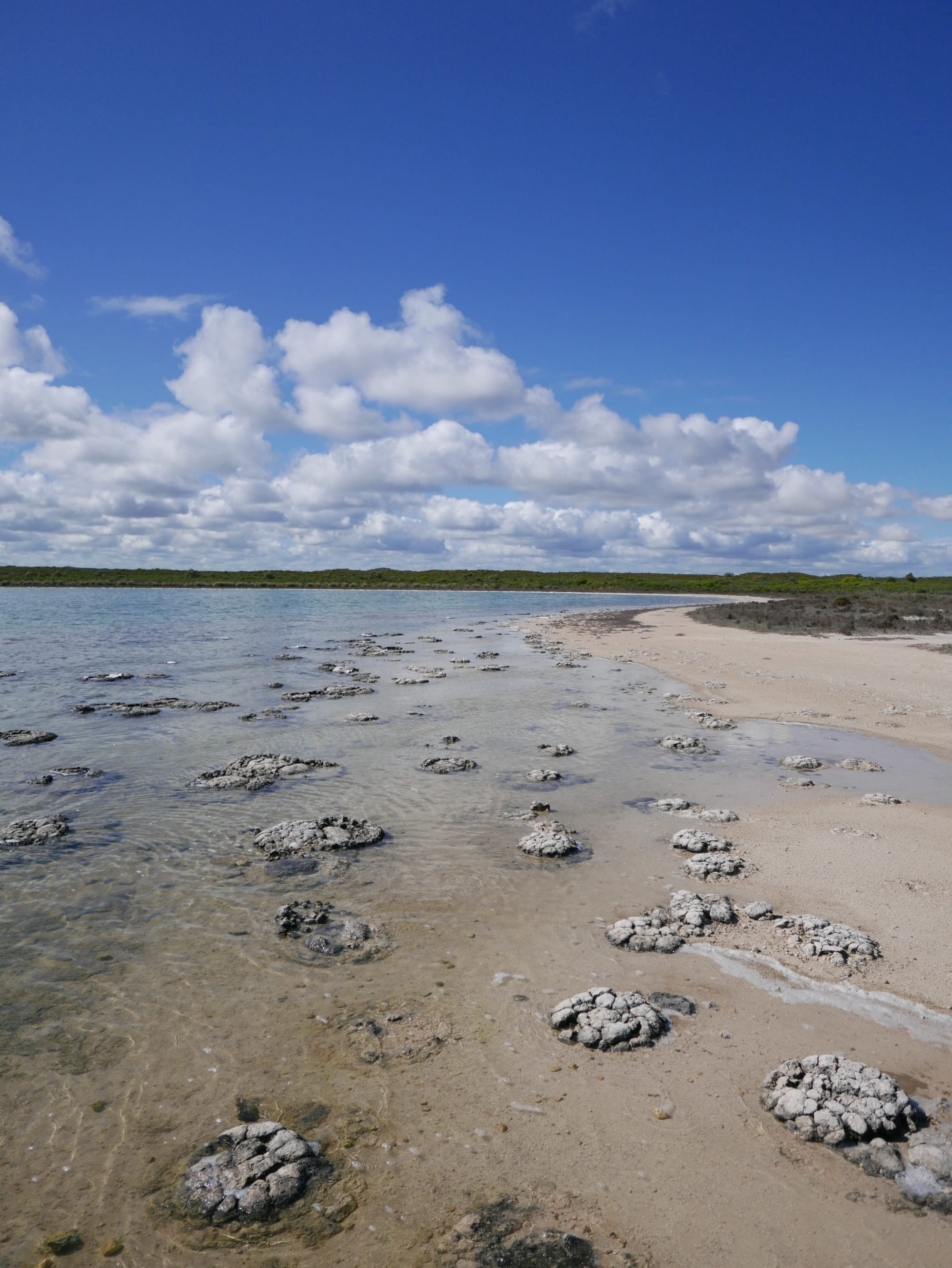
And although I keep writing about Stromatolites, the lake contains both Stromatolites and Thrombolites.
The Stromatolites are built into layers, whereas the Thrombolites have a more clotted-like structure.
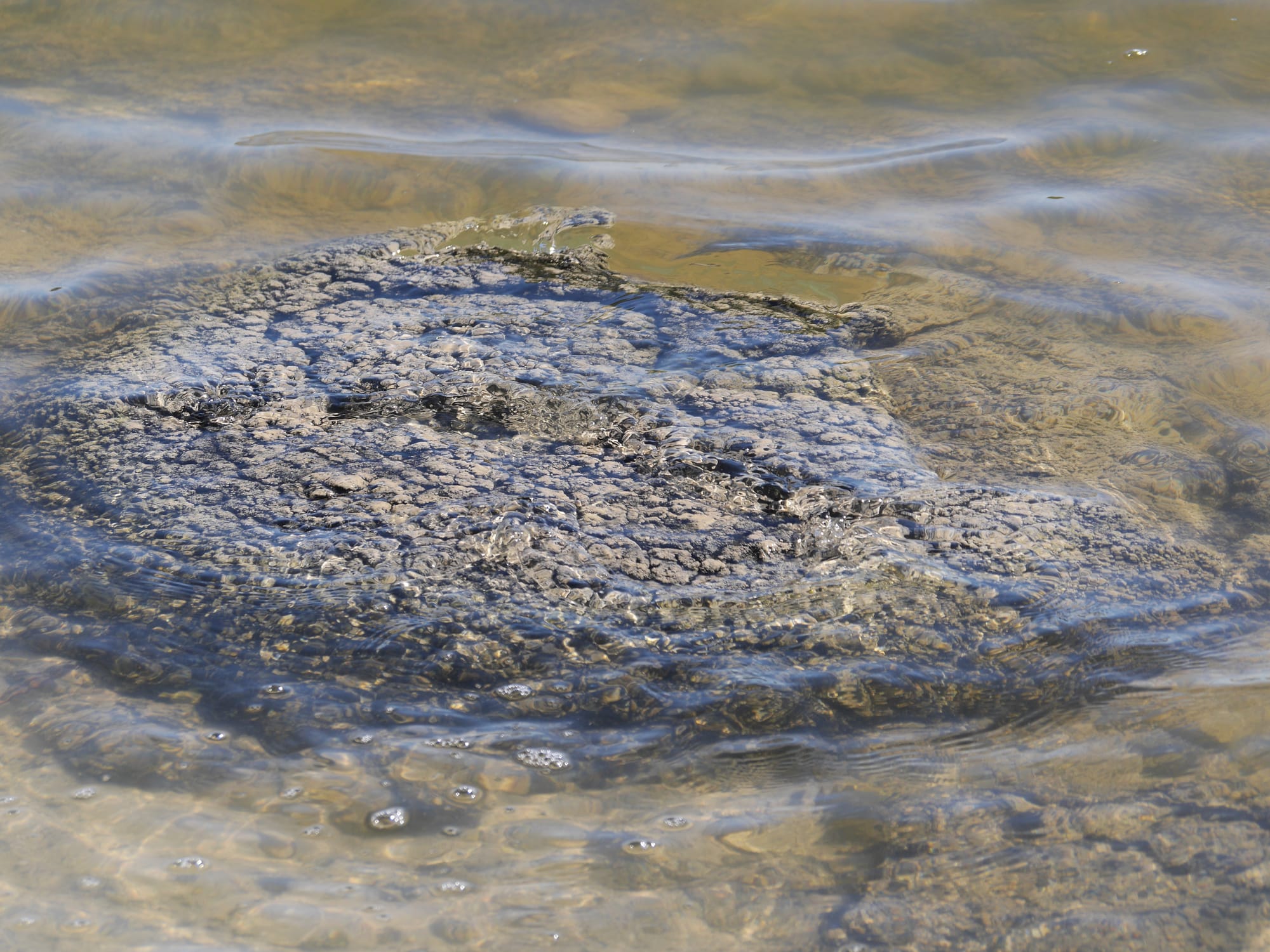
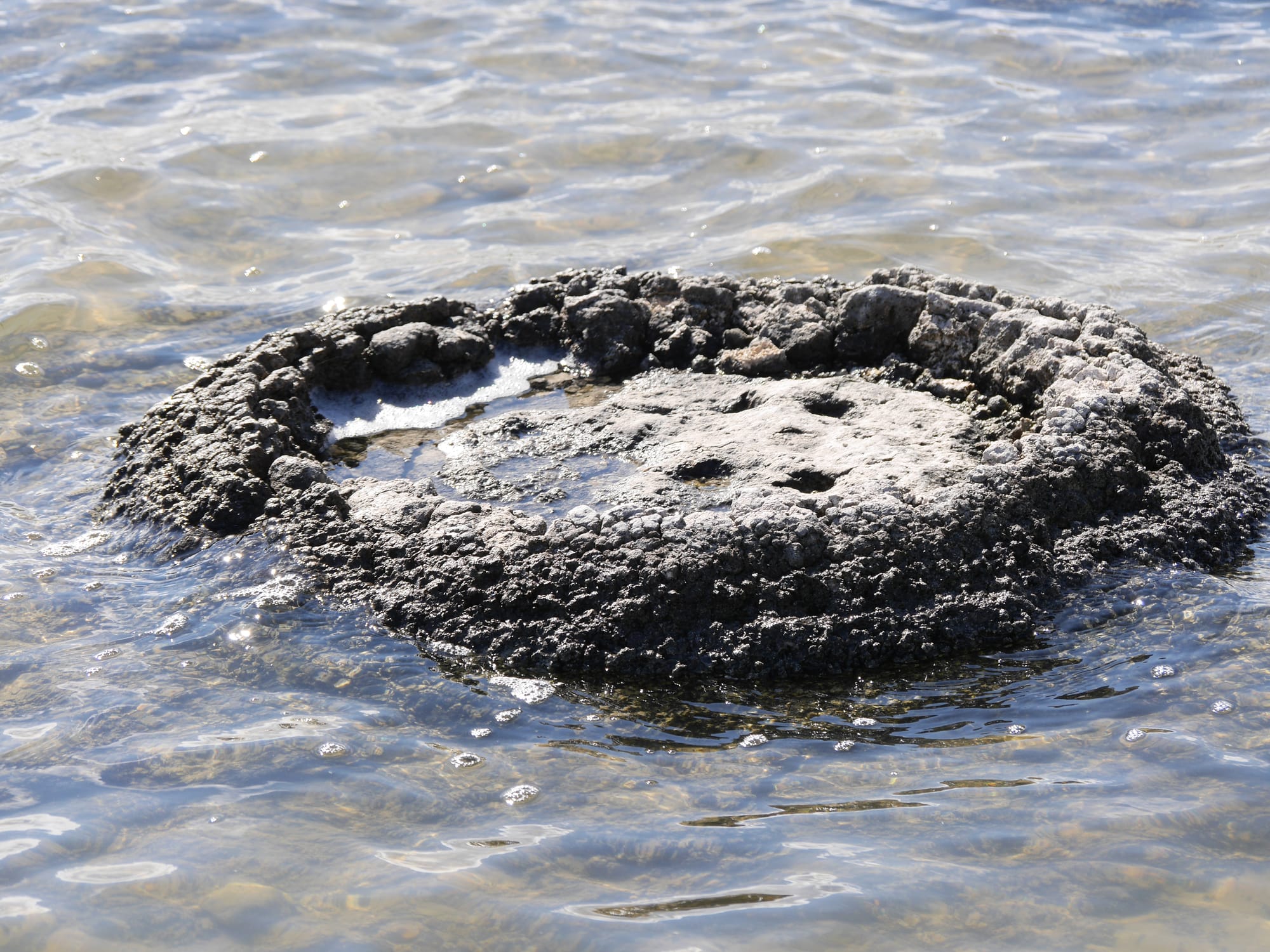
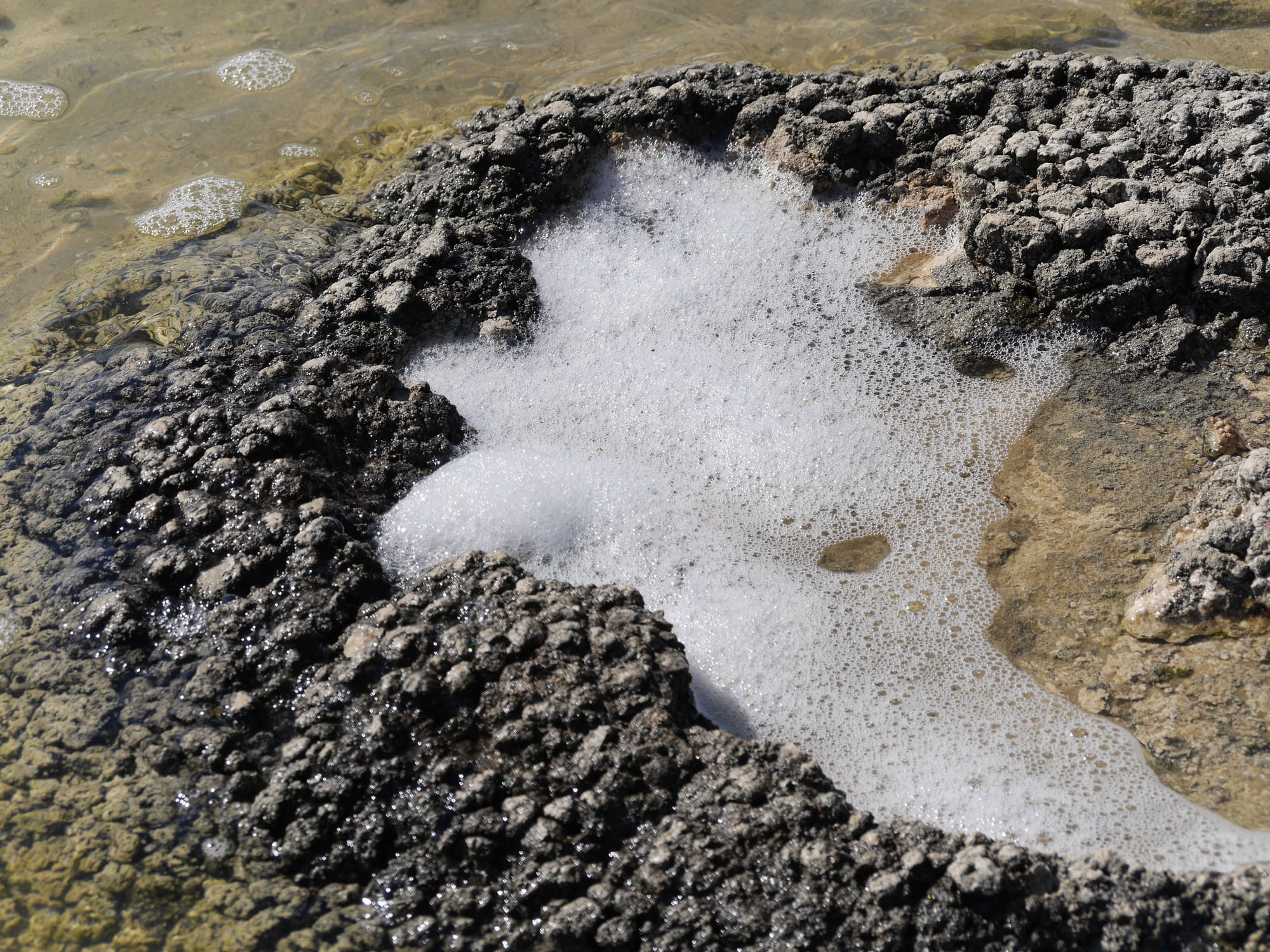
As the cyanobacteria bacteria grow (and it is the wet, dark parts of the Stromatolites in which growth occurs), they bind calcium carbonate into the surface of the Stromatolites.
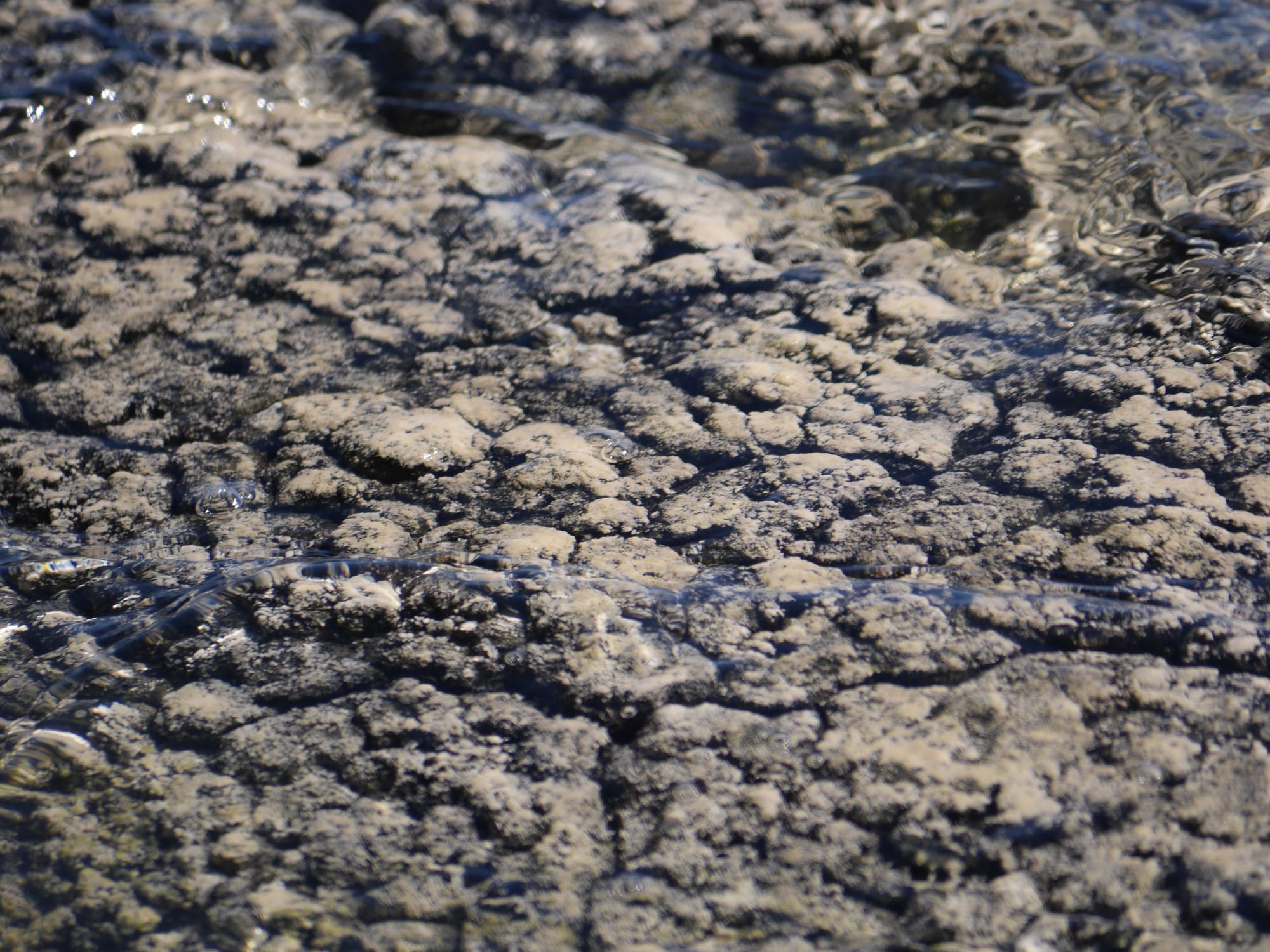
There is a 1.5 km walk around the lake, which is well worth taking as it gives some great views.
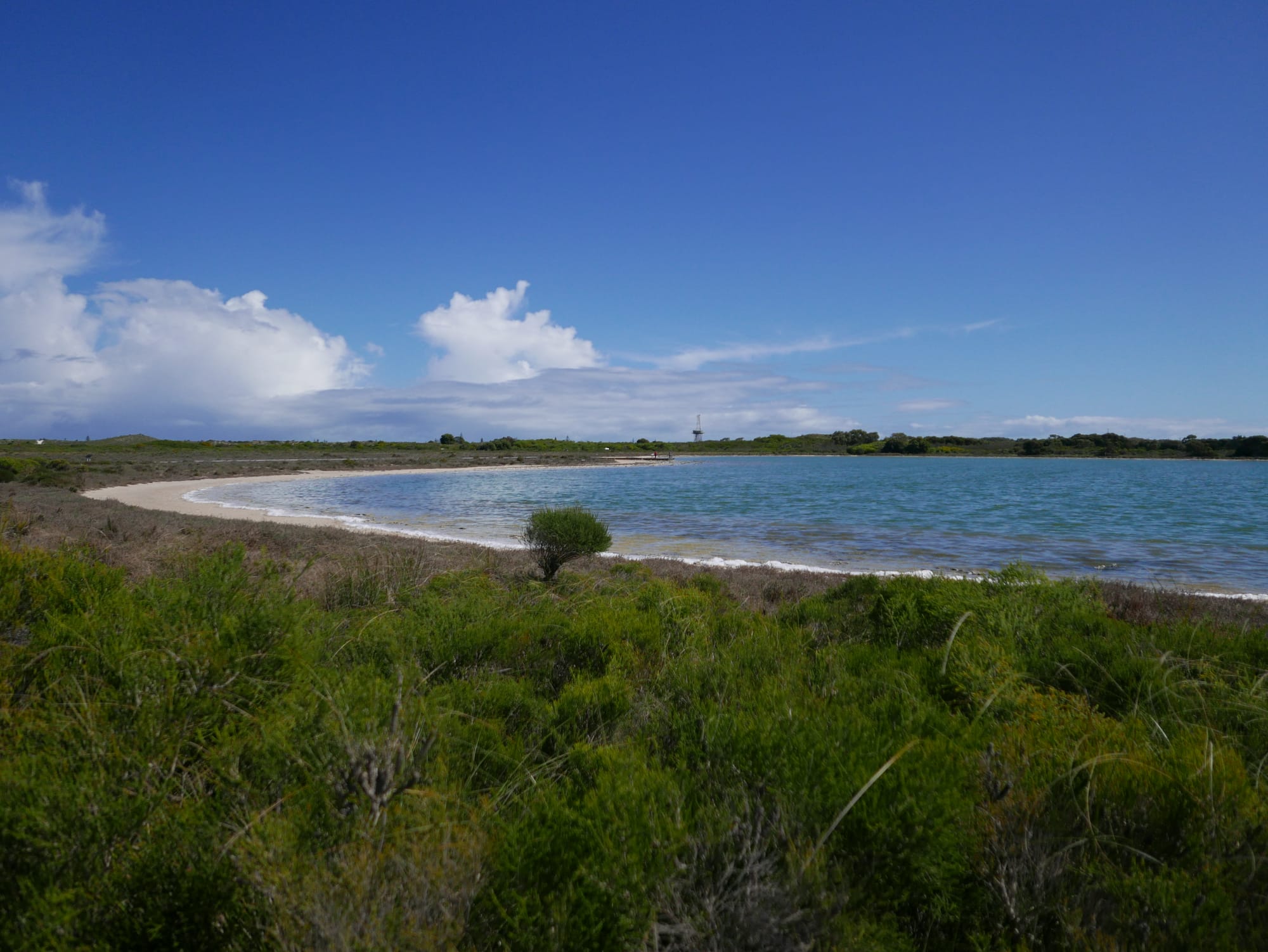
The lake formed about 3,000 years ago due to sea level drops. The original lake was about 1 km away from the current lake. The lake has moved due to the wind moving the dunes northwards.
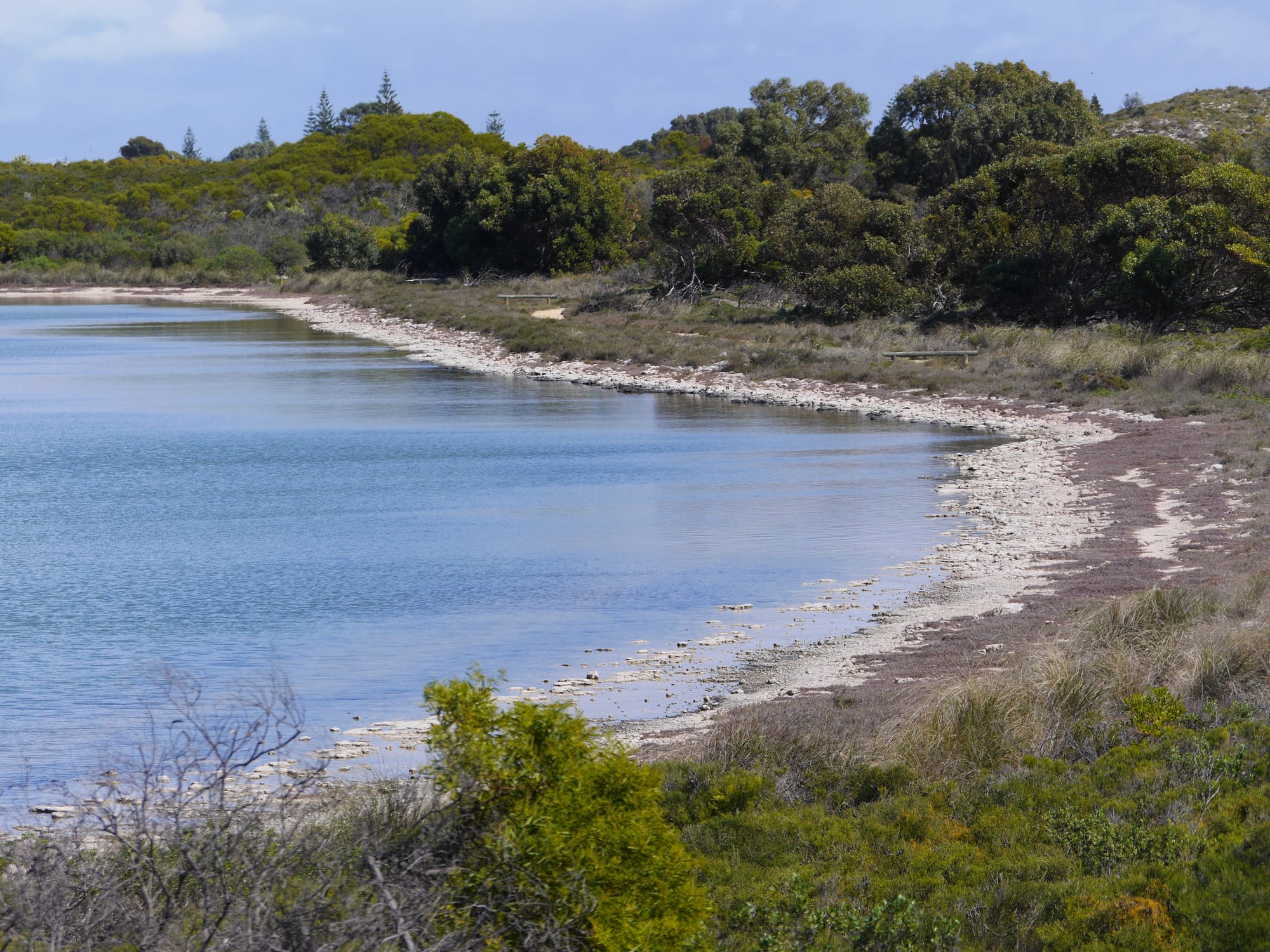
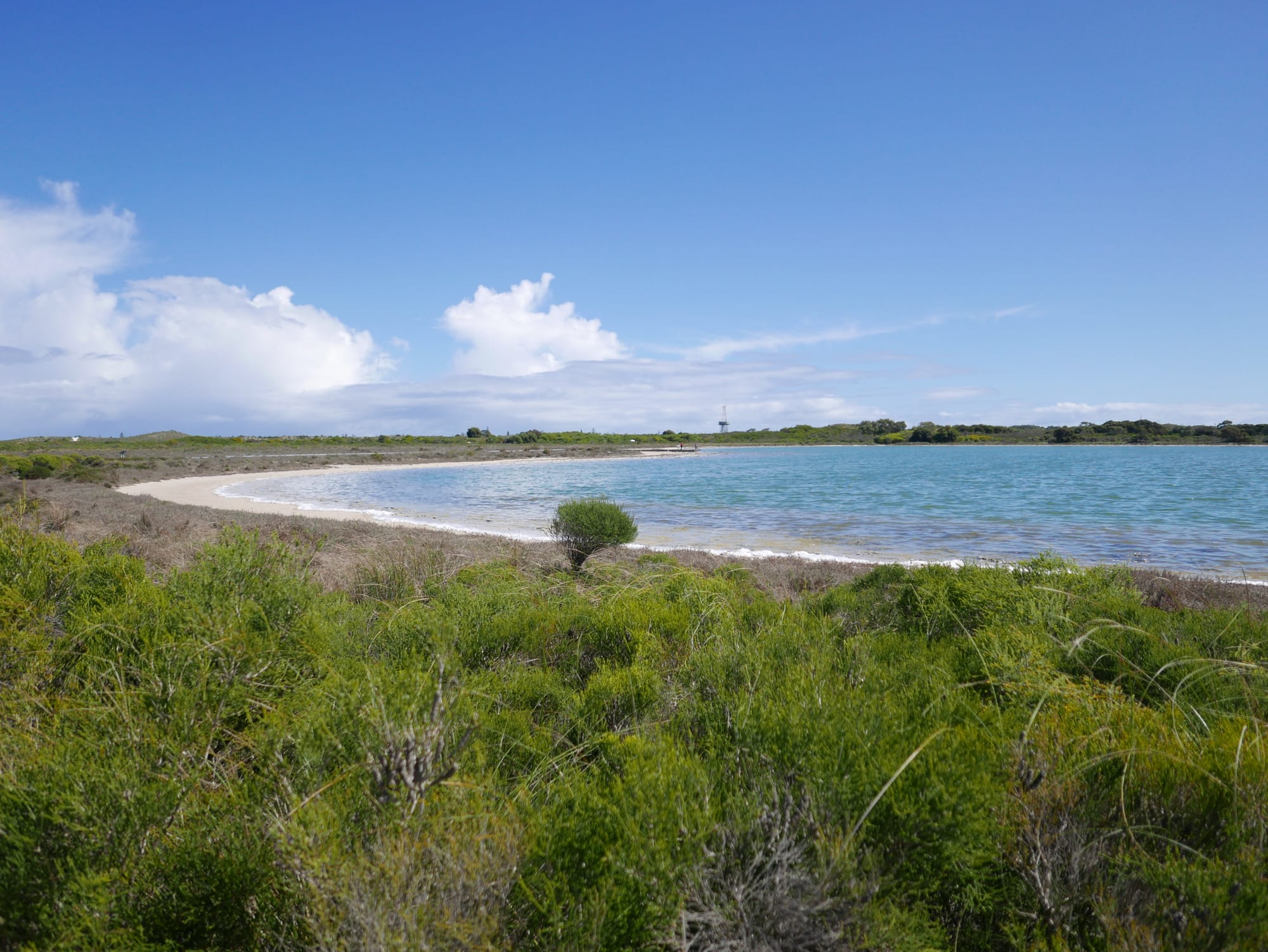
In the depths, the lake also has a large community where purple sulphur bacteria form a flocculent mat (a sort of bacterial sludge). The mat has a bright-green layer of filamentous bacteria growing on the surface.
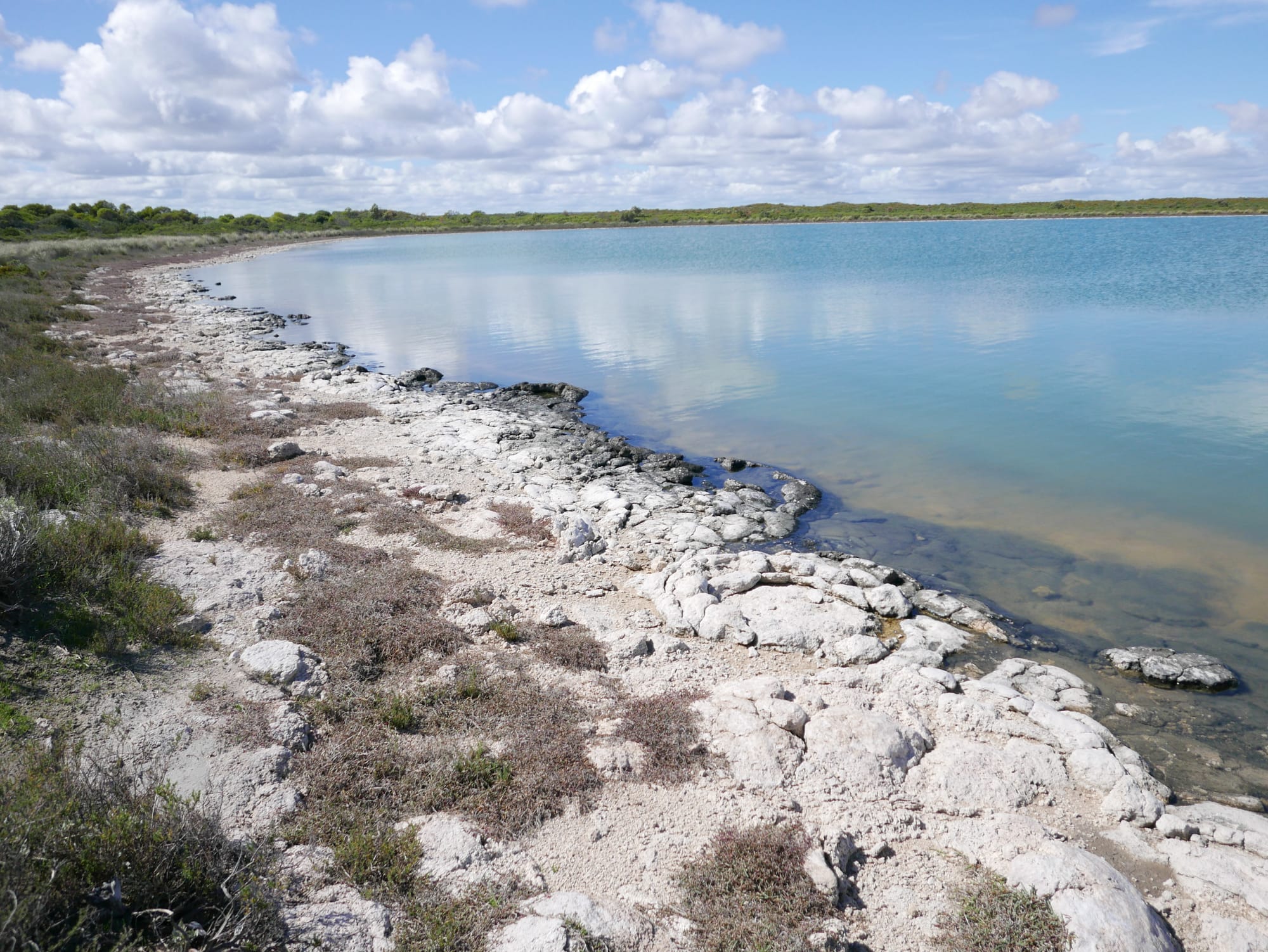
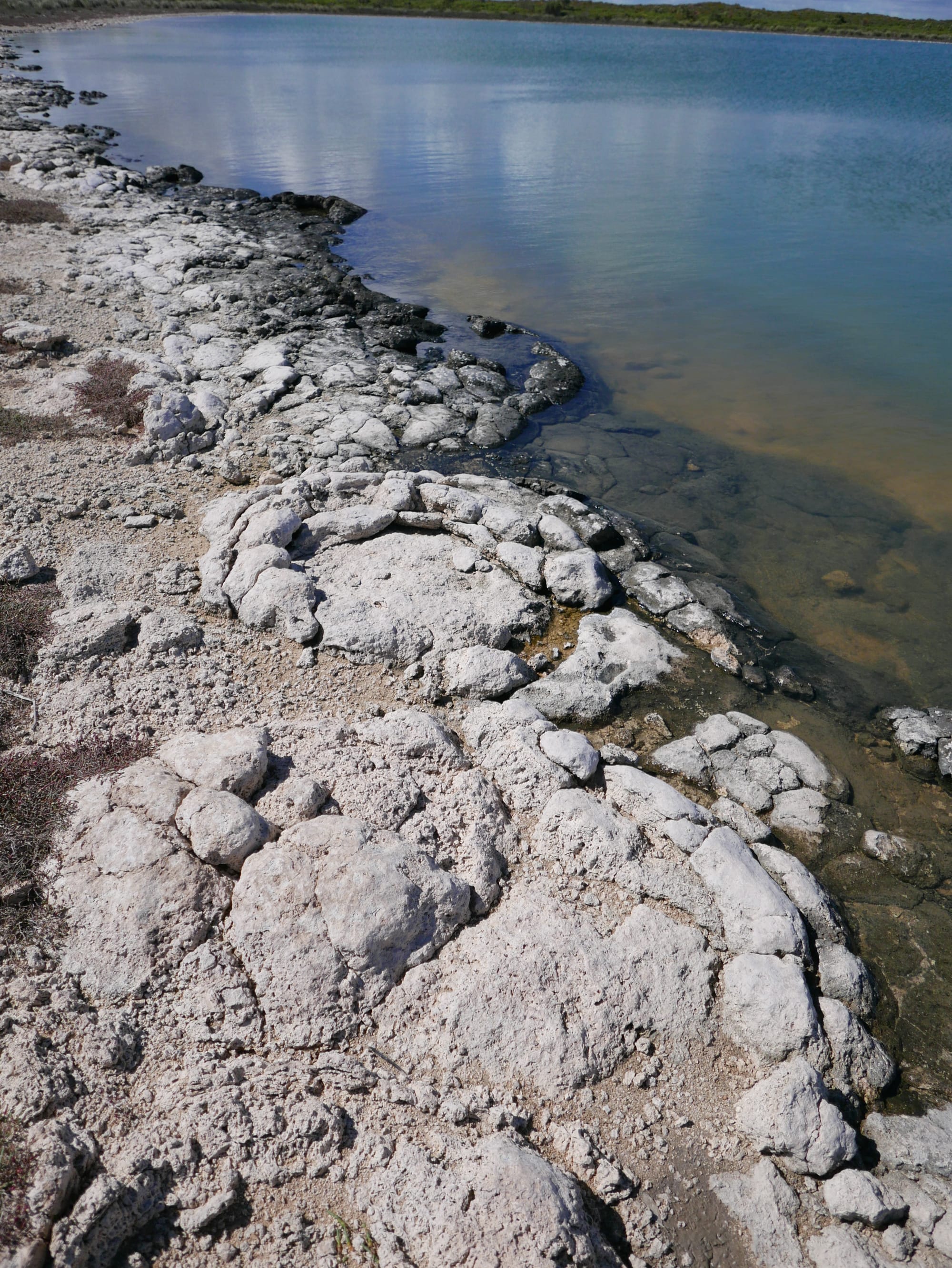
The slow movement of the lake means that old Stromatolites (and Thrombolites) are eventually left high and dry and get covered by the moving dunes.
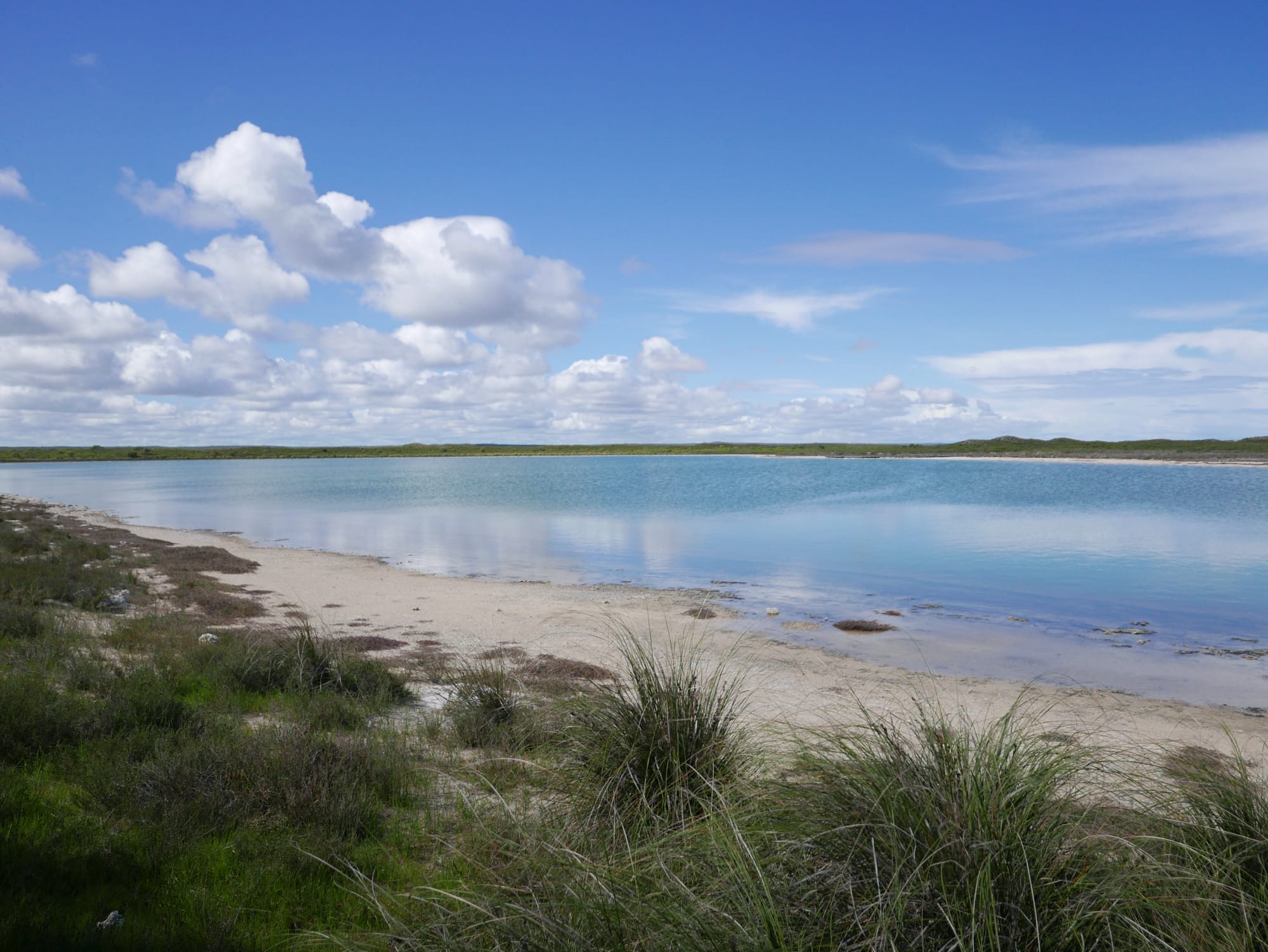
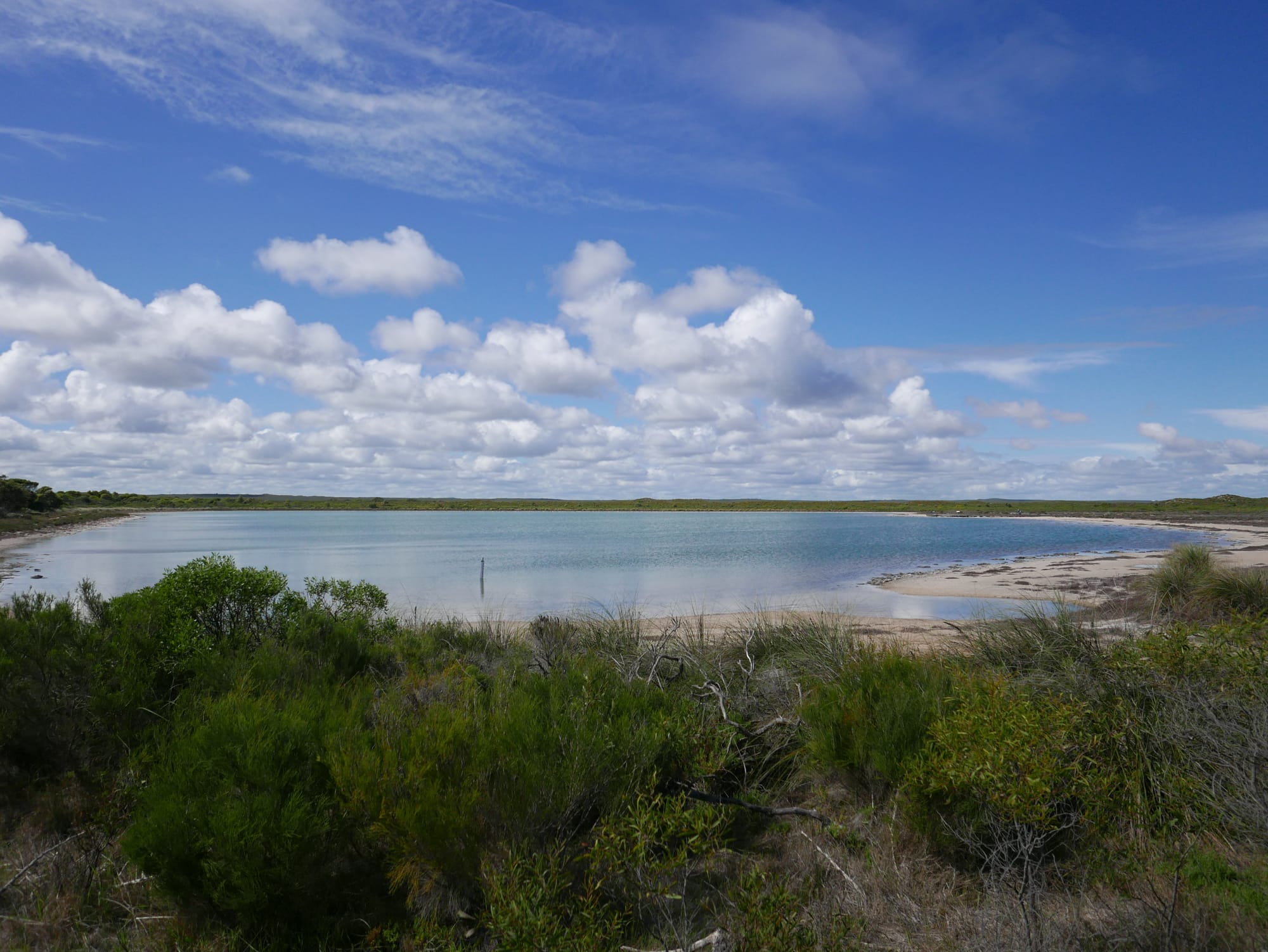
Besides bacteria, there is also birdlife on the lake, and Great Egrets, Bar-tailed Godwits and Musk Ducks can also be seen.
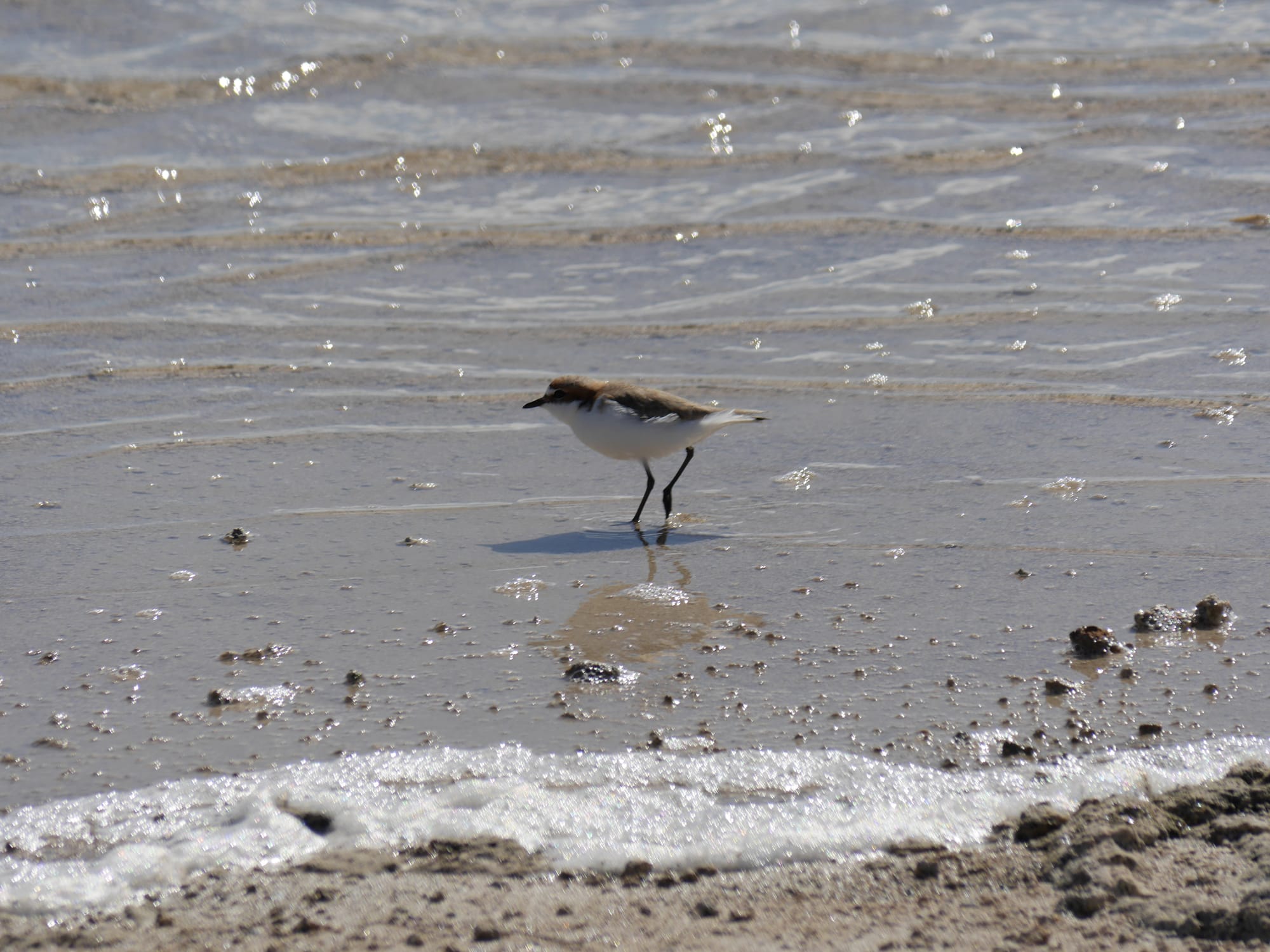
One rumour I had heard was that the lake has a monster! However, that is a different Lake Thetis in Canada, plus the Lake Thetis in Australia would be too small to hide anything much!
I enjoyed visiting Lake Thetis in Nambung National Park, Cervantes, to look at some Stromatolites. I liked the lake and the scenery, and to see the Stromatolites was great; however, when I visited, it was at the end of August, and towards the end of the Australian winter, hence the lake water levels were high. If you visit in the summer when water levels are low, the Stromatolites are more exposed, you see more Stromatolites, and you can more clearly see their various colours.
